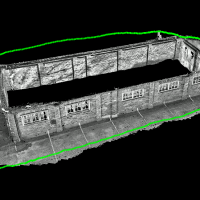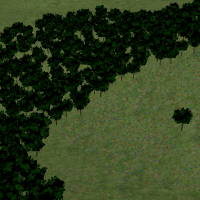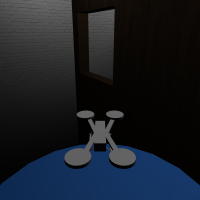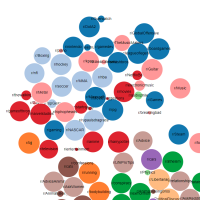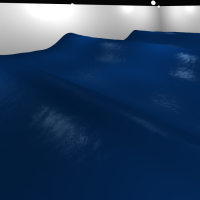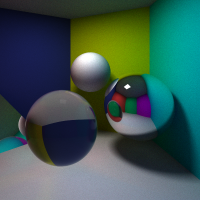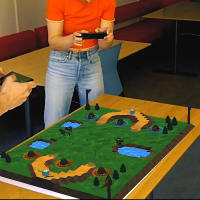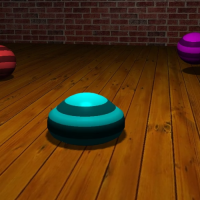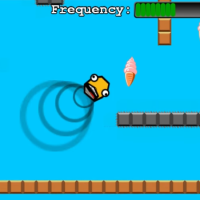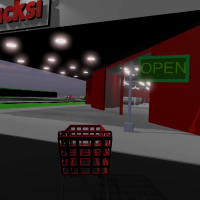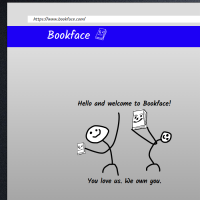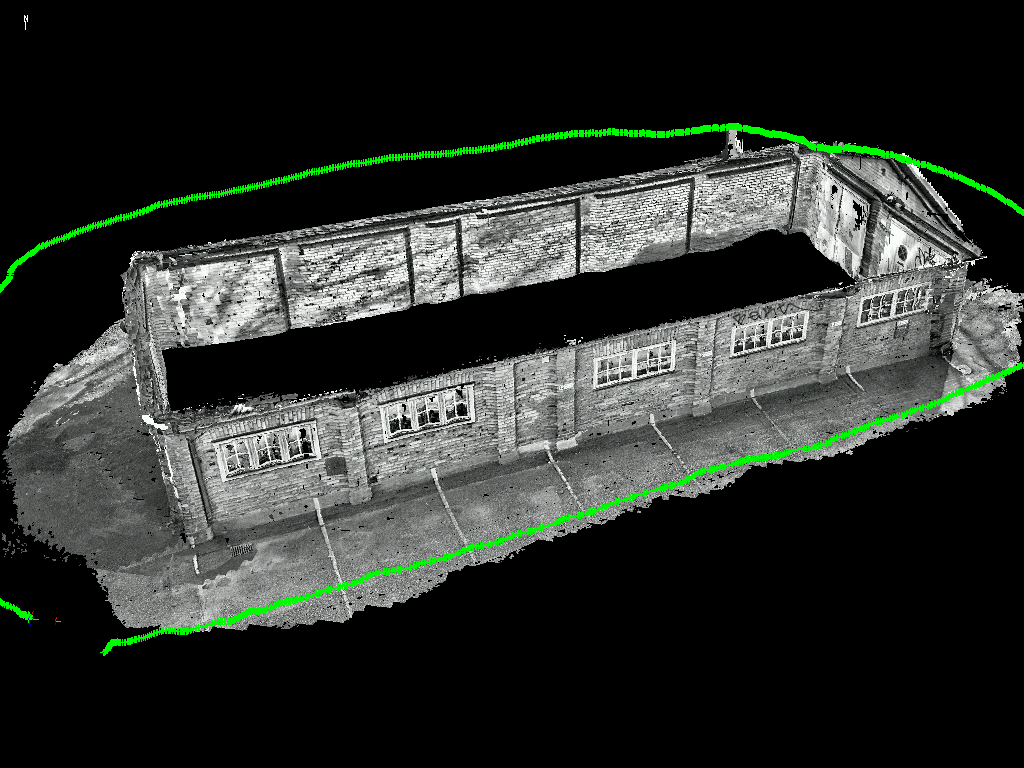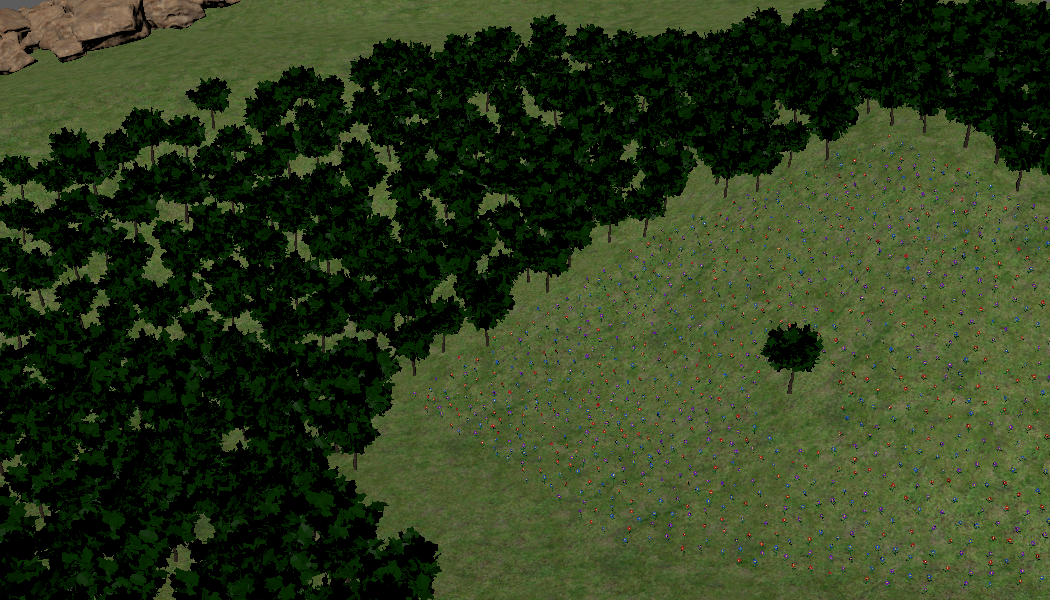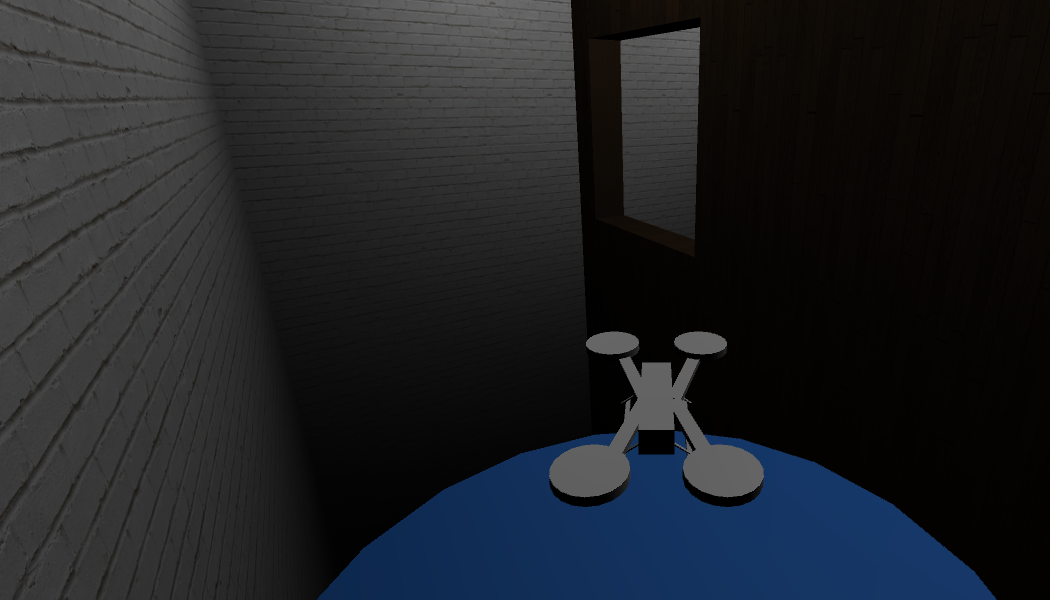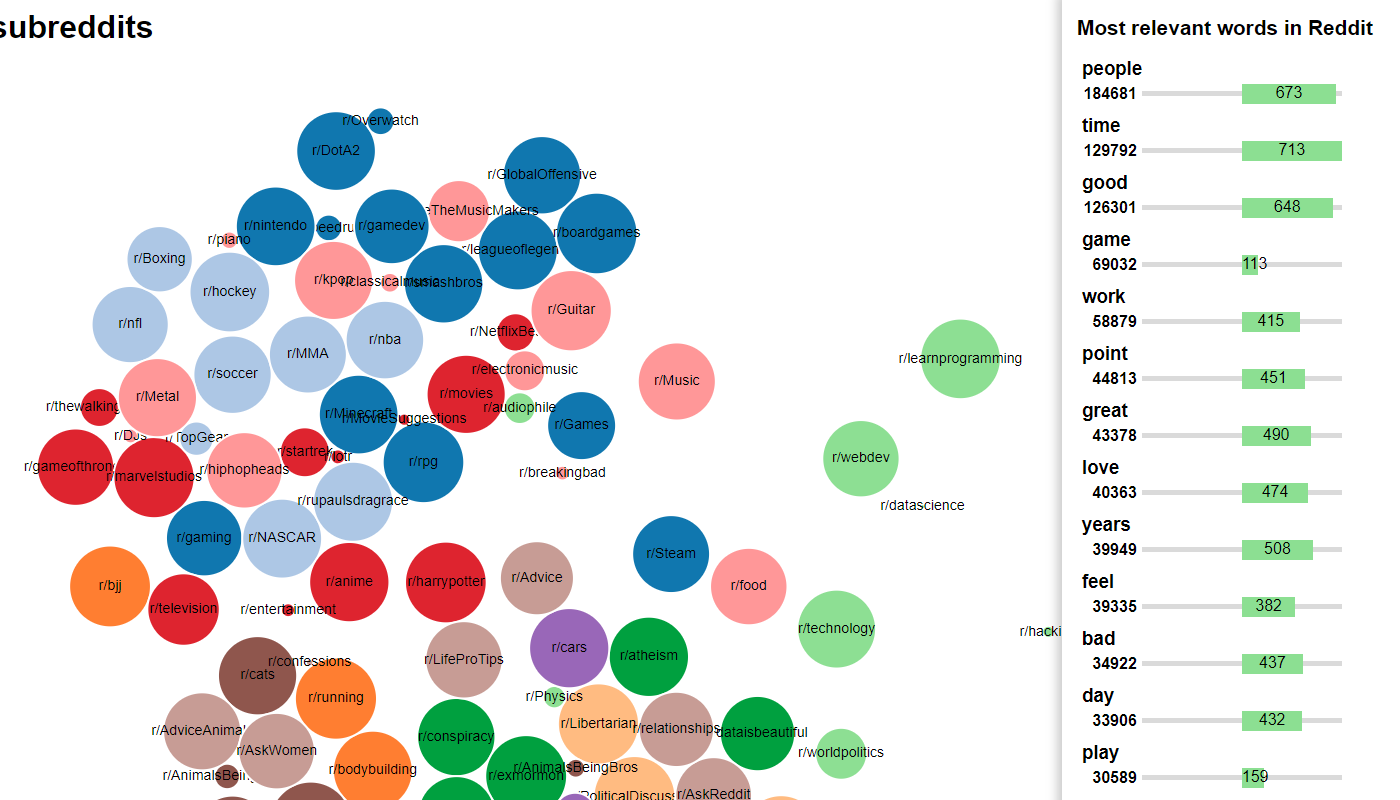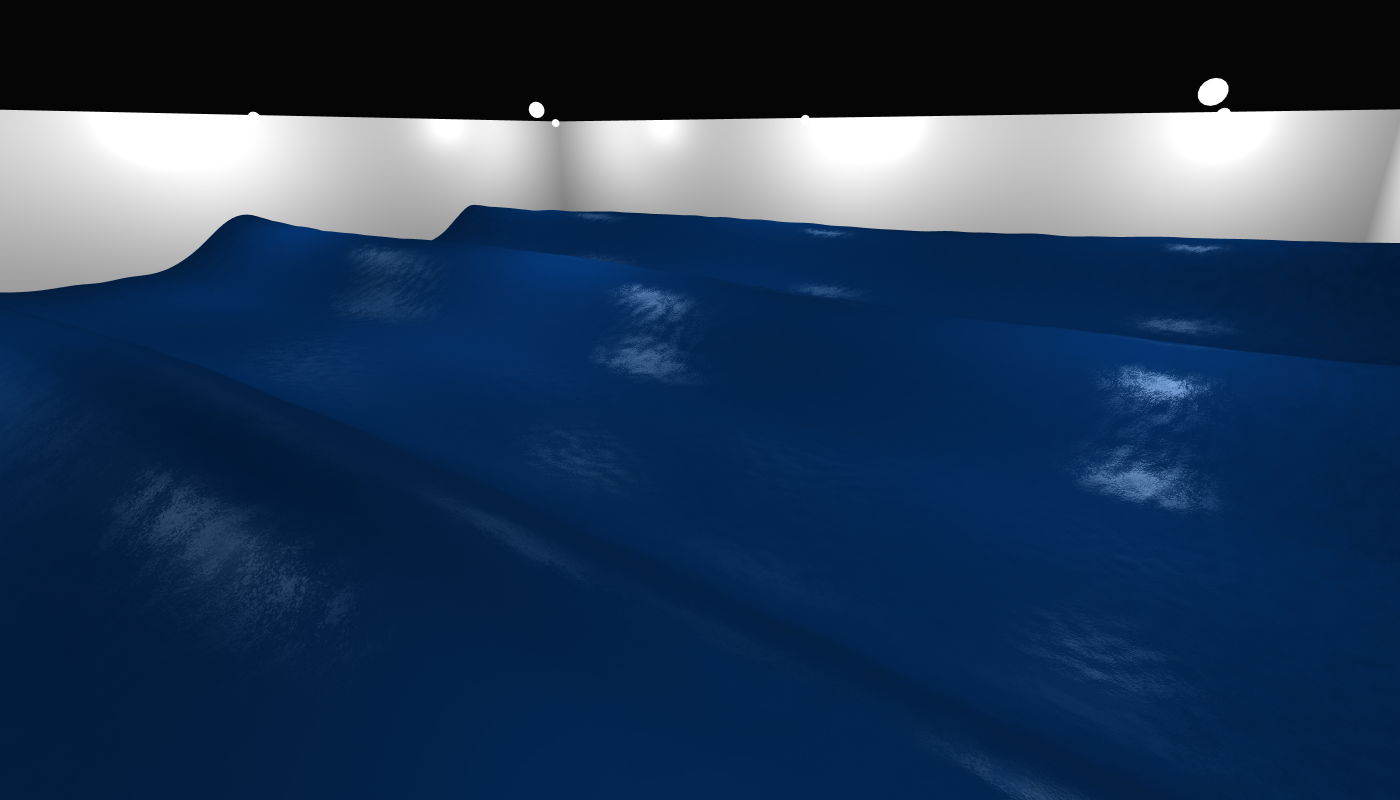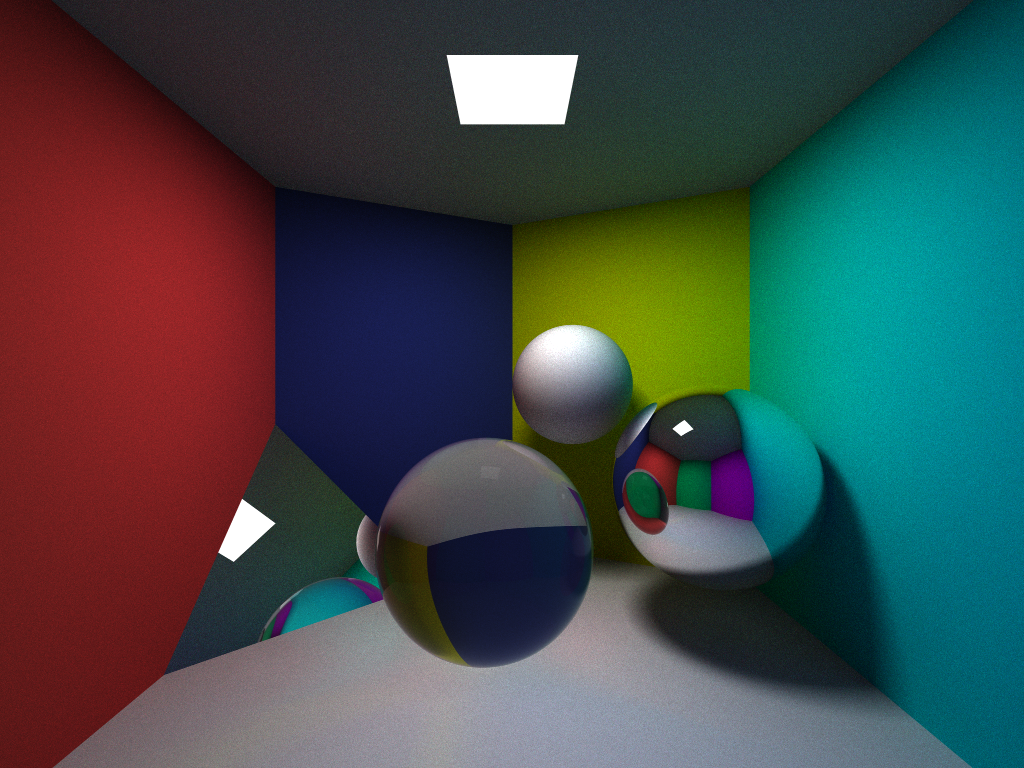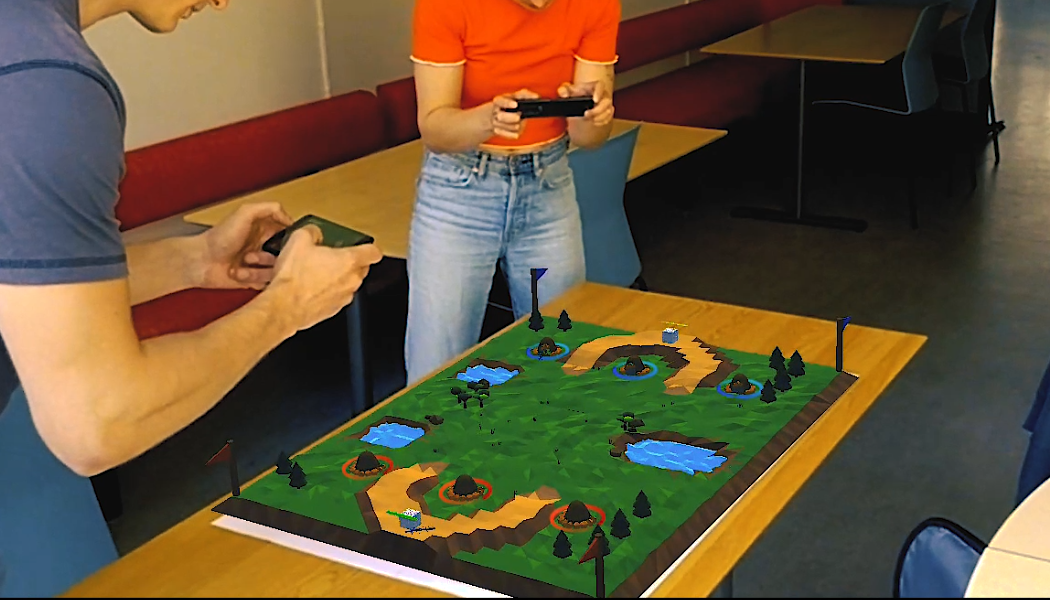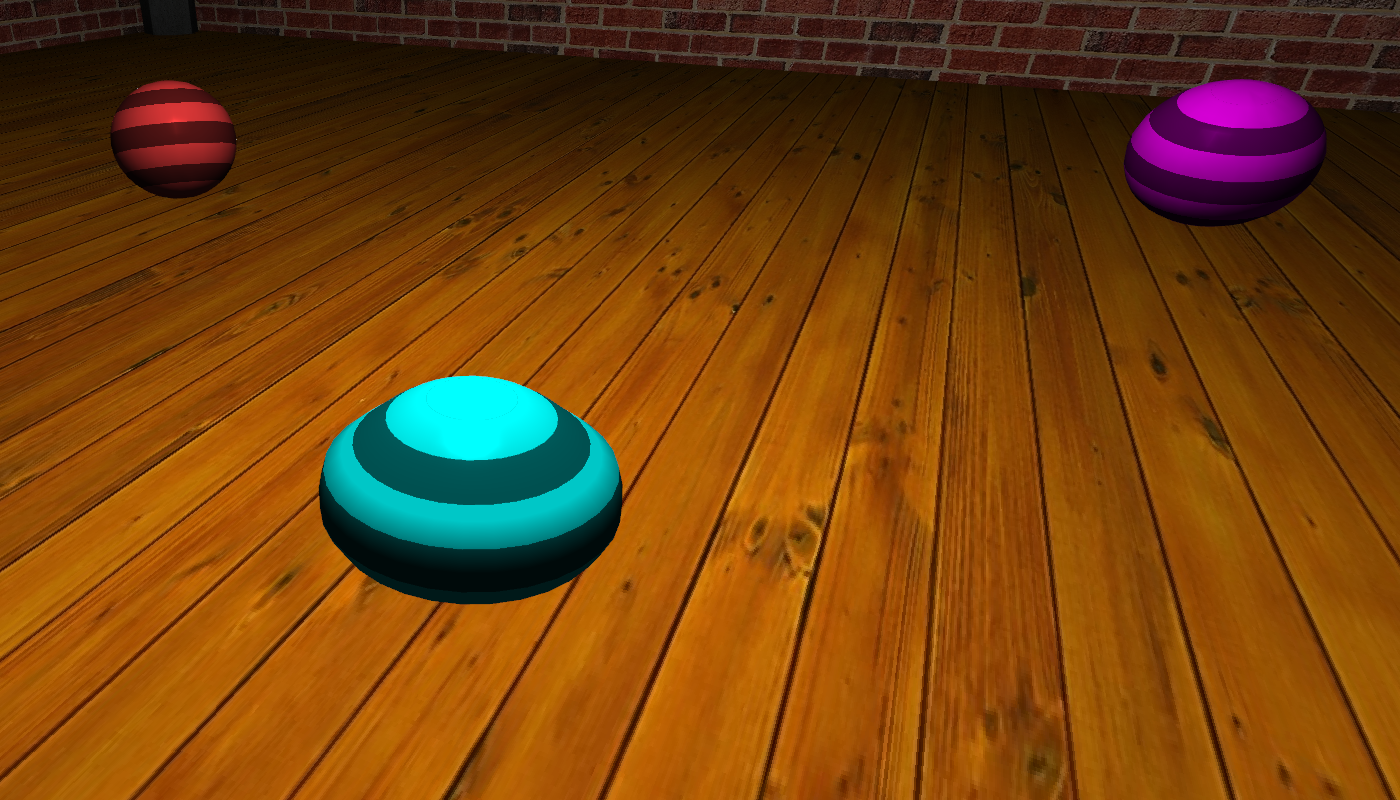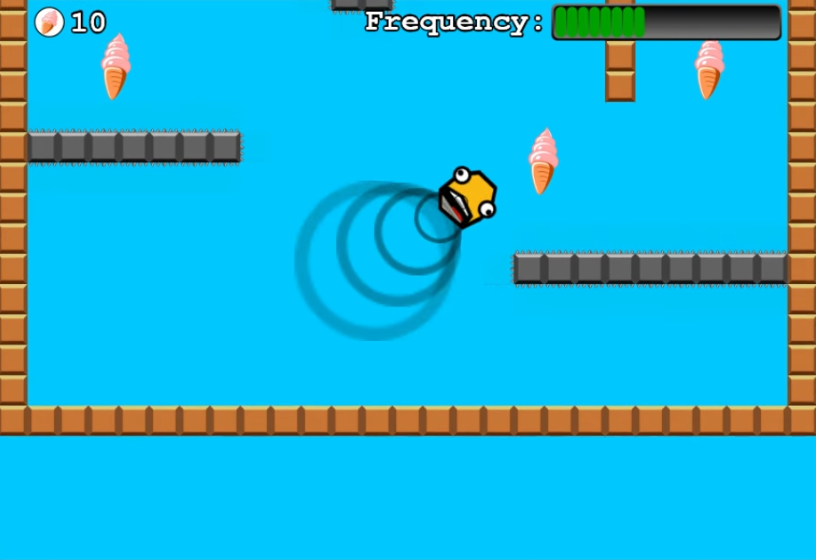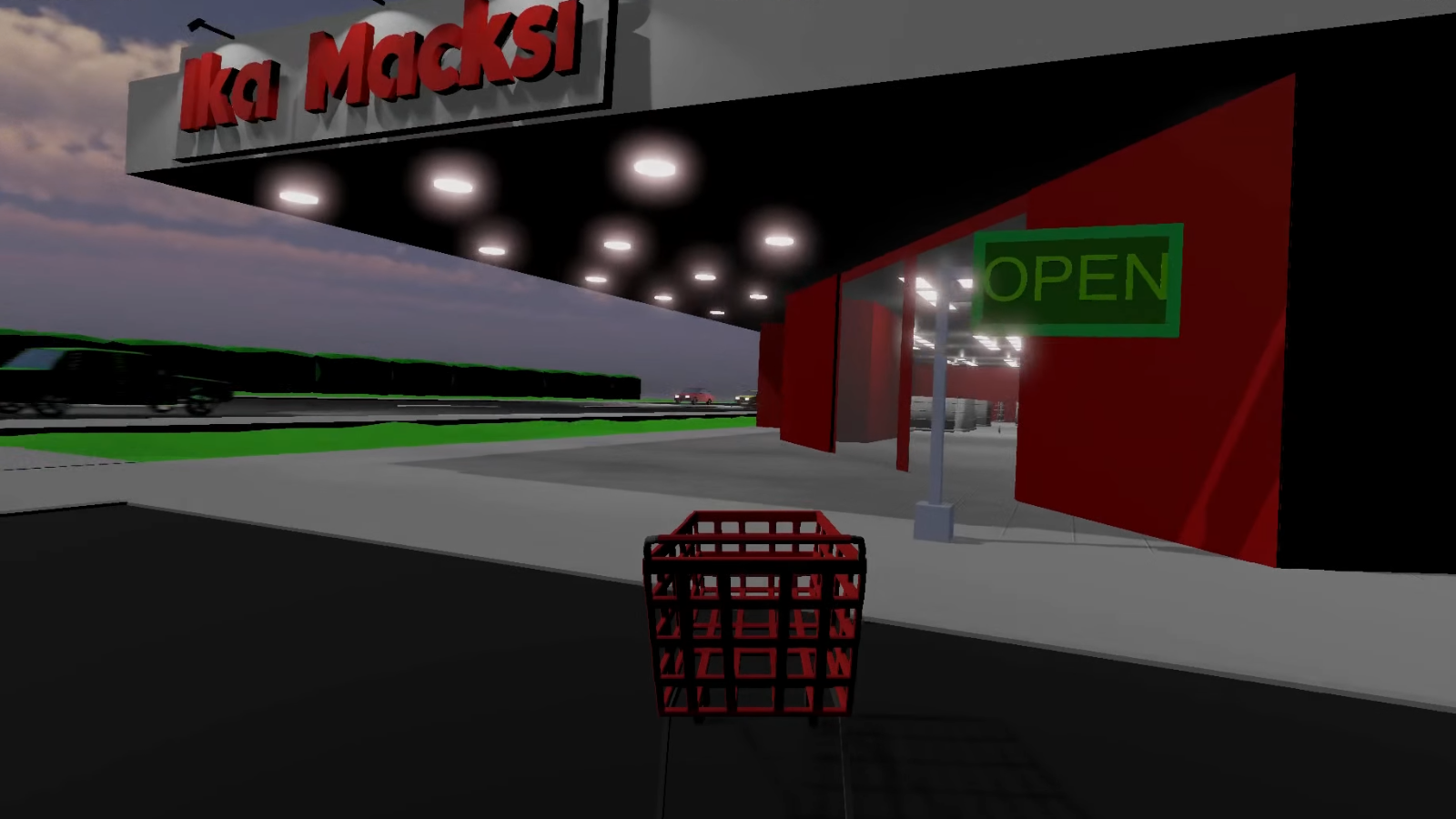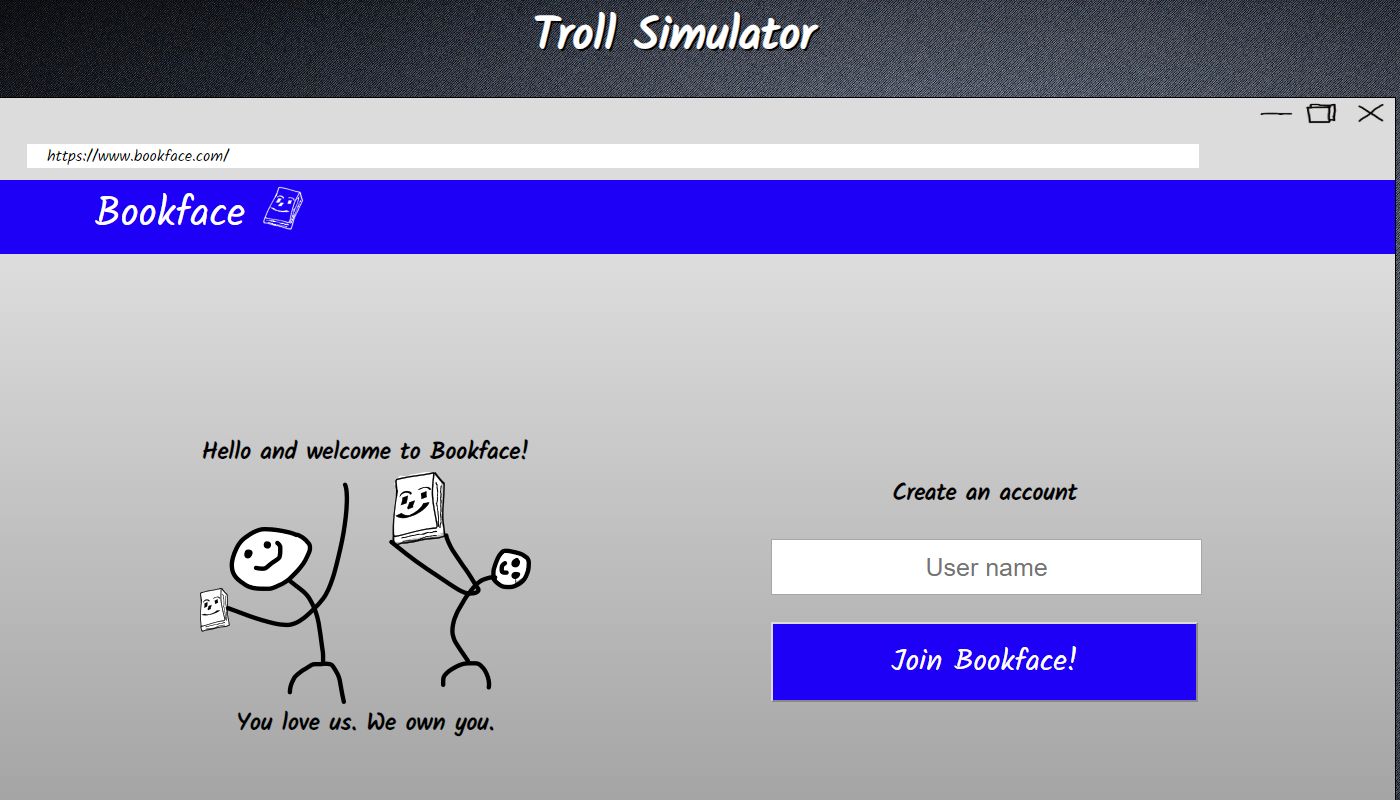Augmented Reality Mobile Game
This is the result of my Media Technology - Bachelor Project, TNM094 (Spring 2019).
The project was developed by me and five other students and the aim was to produce a product based on specifications given by a customer.
However, the intended learning outcome was to be able to integrate acquired knowledge from the studies; collaborate as a group and apply
development methologies such as Agile software development and Scrum; be able to plan, research, implement and report a project from start to end;
create, analyze and evaluate technical solutions. The final product was a social augmented reality game for android mobile platforms called Ant Warz.
It is a team based game where the goal is to send ants to the opponents to destroy their sugar cube. We used augmented reality technology to create a physically shared
playground to integrate a social aspect to it. The game was developed using the game engine Unity 3D.

